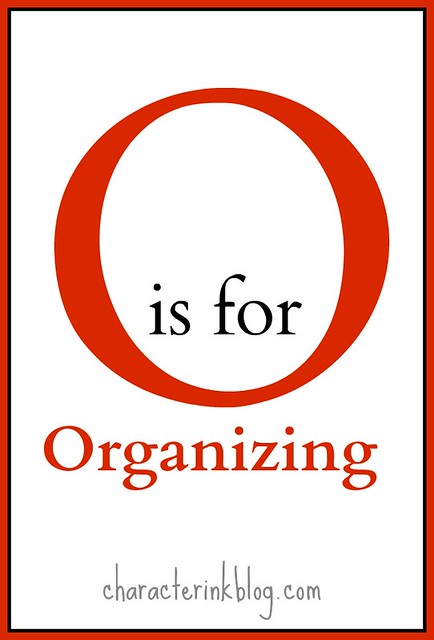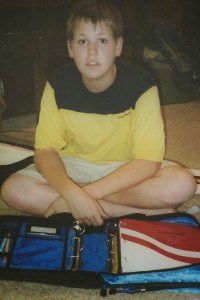| Sometimes it takes more than a cool binder (and even some awesome pens and highlighters) to get young children going in their writing.
You can carry out this approach in a number of ways:
a. Have the questions written with lines beneath each one for the student to fill in. Then have him (on another day) copy those sentences in that order into a paragraph.
b. Ask him the questions (slowly and one at a time) verbally and have him answer you orally in complete sentence form. Then help him write the answer down in paragraph form as he goes through the questions with you orally. The benefits of this are that he only has to write the paragraph one time (good for reluctant “penners”) and he sees the paragraph form as he answers.
c. Have the questions written with lines beneath each one. You read the question with him and have him answer it–and you write down his answer in NOTE form. Then he uses these notes to create his paragraph. This is for students who are experienced in writing from notes.
2. The 5 W Approach
This approach is good for a mini biography (one paragraph) or for a re-telling (narrative–about his latest book or recent museum trip, etc.) essay. In this approach, you simply have a template prepared with the Five W’s (who, what, when, where, why….and how).
You can handle this a couple of ways as well:
a. Have lines with each of the W’s–for the student to answer in complete sentence form. Then (another day) have him write those answers in paragraph form.
b. Do the same as above in b.–ask him the questions verbally and help him write the answers to each W in paragraph form as he goes through the W’s.
c. Have the W’s listed on a sheet of paper that he goes through to himself and answers, writing down his answers to each W in a complete sentence in paragraph form as he goes.
d. Use the “you create an outline on the W lines” for him approach similar to c in #1. Again, this assumes that he can write from an outline already.
3. The Paragraph House
This is a cute approach for first, second, and third graders (especially since I made it up!).
In this approach, you use a full sheet of paper and do the following:
a. Draw a large square in the middle of the page (one that takes up half or more of the page).
b. Divide the large square into four quadrants and place lines in each quad for the student to write on.
c. Draw a rectangle at the bottom of the large square that goes clear across the large square. (This will be your Paragraph House’s foundation, so you want it to run clear across your “house.”) Draw lines in this rectangle for the student to write on as well.
d. Draw a triangle over the entire large square. (This will be your Paragraph House’s upper story.) Place lines in here too.
e. If your student is advanced, you can draw a large chimney out of your triangle. This will be for the “topic of paragraph”–and at first, you should write the topic in here for him. (For example, May Zoo Trip or New Video Game, etc.)
To use your Paragraph House, do the following (or any combination of the ideas from 1 and 2 above if your student needs for you to pen for him or for you to outline for him while he dictates, etc.:
i. In the “foundation,” help your student write a Topic Sentence, explaining to him that the foundation of the house is the topic of the entire paragraph, and just like every house needs a foundation, every paragraph needs a Topic Sentence telling what the entire paragraph is about. (Again, you may use the Paragraph House for notes only, not complete sentences, if desired.)
ii. Move into the four quadrants of the Paragraph House. Tell your student to write four things about his topic in these. (Again, either in note form or complete sentence form.)
iii. Move to the attic of the Paragraph House and help your student write another sentence that restates the Topic Sentence in other words. For example, if his Topic Sentence (in the foundation rectangle) was “On Saturday, I went to the zoo with my family,” help him write a summary of that and his paragraph: “Our Saturday zoo trip was a lot of fun.”
iv. Now have him number the four quadrants of his house in the order that he wants to put the information in his actual paragraph.
v. Finally, have him start with the foundation, and write his Topic Sentence. Then move into his four numbered quads and write his four body sentences. Finally, have him write his final sentence out of the attic.
Fun, huh?
The main things to remember about writing with young students are the following:
(1) They are smart and creative–regardless of whether they can pen or type.
(2) They need direction (which is why I use my Directed Writing Approach in all of my books.) They don’t need a list of ideas–they need step-by-step help to teach them how to write.
(3) They need to see that writing is creating–and that they really can write.
|





